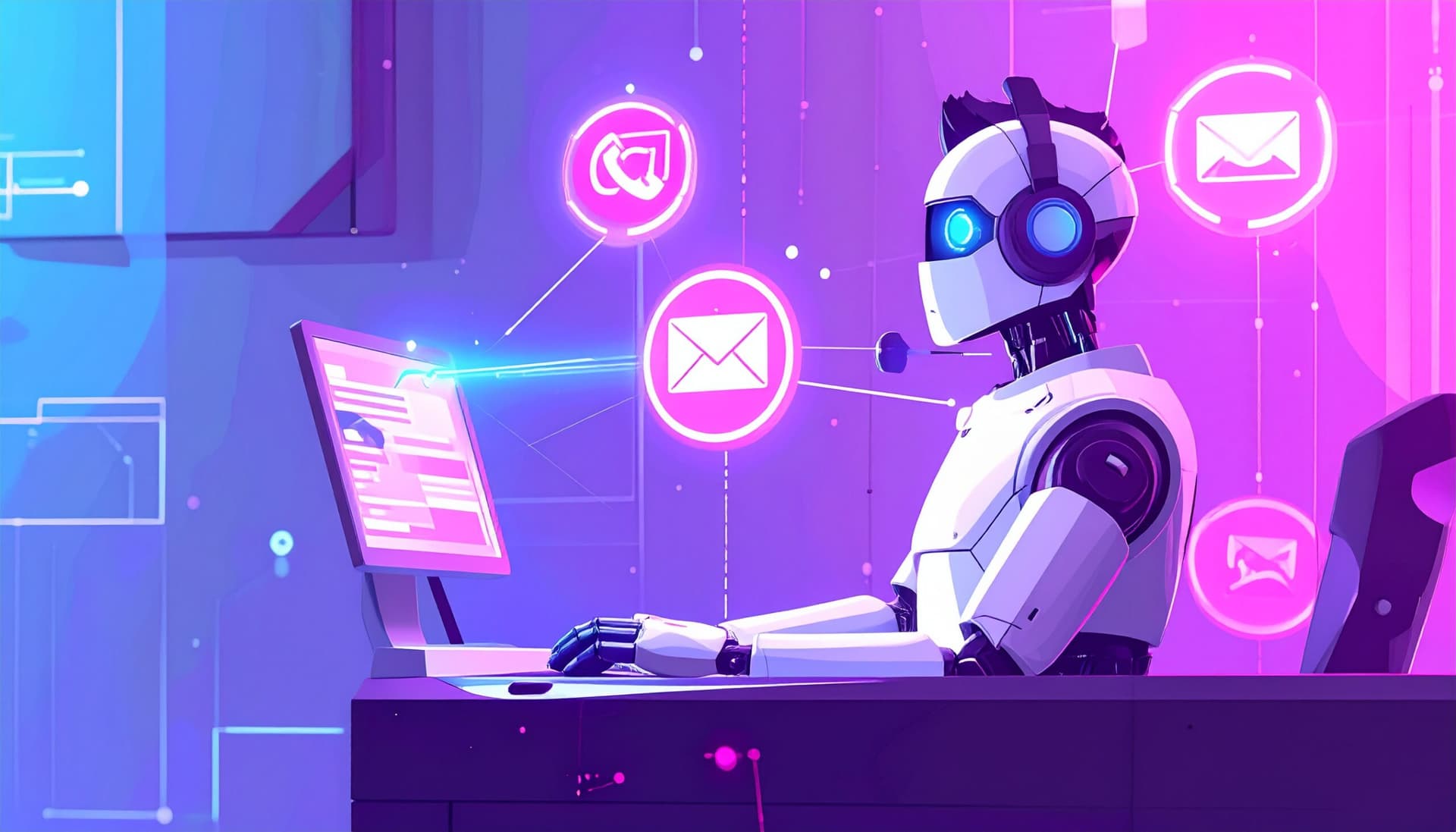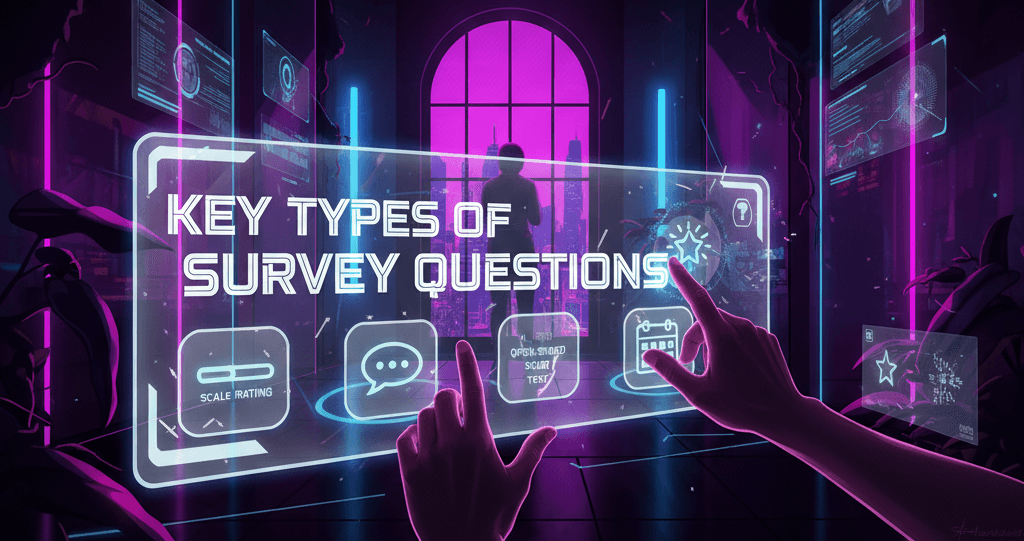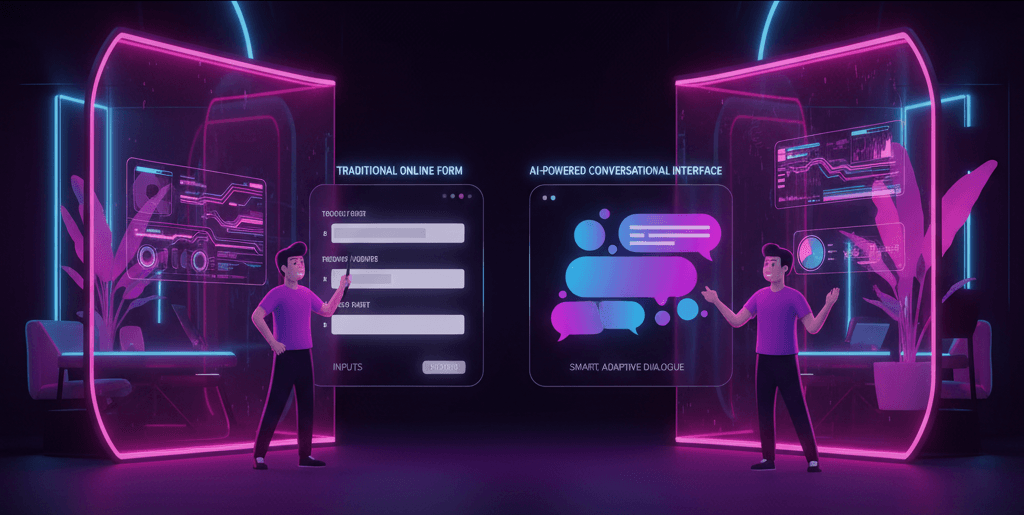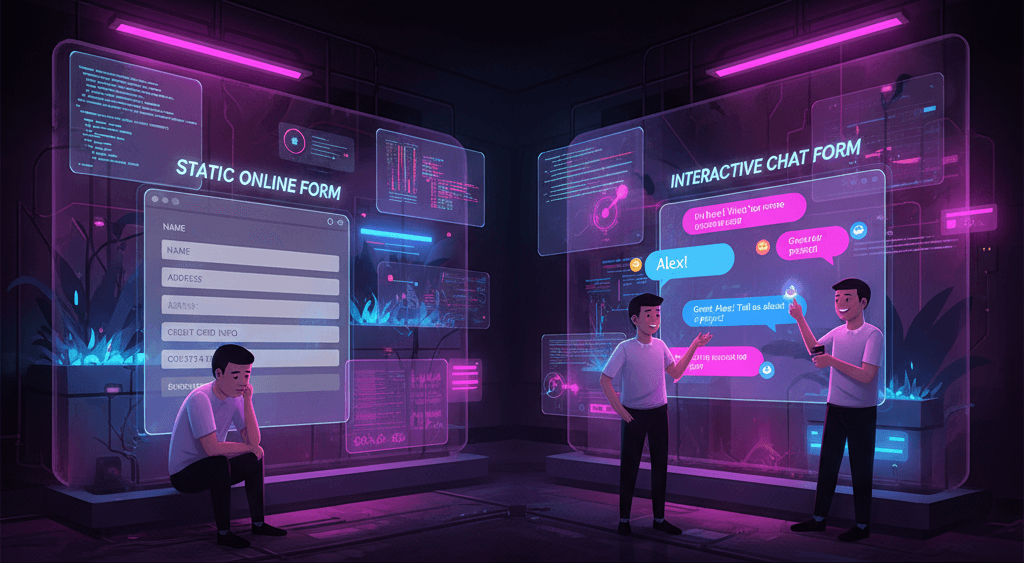In today’s digital-first world, businesses face the challenge of meeting rising customer expectations.
Customers no longer want to wait for support, they expect fast, proactive, and personalized communication. Companies that respond only when issues arise are already behind.
To stay competitive, businesses must move beyond reactive support and embrace a forward-thinking strategy: automating outbound communication using artificial intelligence (AI).
This transformative approach empowers businesses to anticipate customer needs, increase engagement, and build long-lasting relationships.
Let’s explore how AI can supercharge outbound communication, covering its types, timing strategies, personalization, compliance, and metrics for success.
Moving Beyond Reactive Support
Reactive support, though essential, often means that brands are engaging customers only when something has already gone wrong. A customer submits a ticket, sends an email, or calls in distress, and only then does the company respond.
This model is inherently limited. It creates a cycle where the company is always a step behind, solving problems rather than preventing them.
AI-driven outbound communication flips this model on its head. Instead of waiting for an issue to occur, businesses can use AI to identify patterns, predict problems, and reach out to customers before they even realize they need help.
For instance, if a customer hasn’t logged in for a week after onboarding, an automated AI-generated email might check in and offer help.
Similarly, AI can detect a drop in product usage or incomplete onboarding steps and trigger timely interventions.
This proactive approach not only improves customer satisfaction but also reduces churn, boosts product adoption, and strengthens brand loyalty.
Types of Outbound AI Communications
AI enables a variety of outbound communication types that cater to different use cases, industries, and customer behaviors.
One of the most widely used formats is proactive customer support messaging. These are triggered by customer behaviors such as failed logins, subscription inactivity, or cart abandonment.
Instead of waiting for the user to report an issue, the AI detects it and sends helpful tips, reminders, or links to relevant resources.
AI chatbots and voicebots are another effective medium. They can initiate conversations on websites or mobile apps based on user behavior. For example, if a user lingers on a pricing page, a chatbot can pop up with a message like, “Can I help you compare our plans?”
Voice AI systems can also leave customized voicemails or engage in automated outbound calls for reminders, confirmations, or surveys.
In addition, AI enhances traditional channels like email and SMS campaigns. These messages are personalized and automatically optimized for time and content based on past engagement data.
Push notifications, powered by AI, can remind users about pending actions or time-sensitive offers, while AI tools on social media platforms can trigger messages or smart ad responses tailored to customer behavior.
Each of these formats offers businesses new opportunities to stay top-of-mind and engage customers meaningfully.
Crafting Effective Outbound Scripts
While AI can automate message delivery, the message itself must still resonate. Effective outbound scripts are the bridge between automation and human connection.
These scripts should be crafted with empathy, relevance, and clarity in mind.
A well-structured outbound script begins with a compelling opening that grabs the user’s attention.
Instead of starting with a generic greeting, it should be personalized and contextual, such as, “Hi Alex, we noticed you haven’t used your dashboard this week.
Need a hand?” Following this, the script should clearly state the purpose of the message, whether it’s to offer help, announce a new feature, or suggest a product.
The core message should communicate value. Customers are more likely to respond positively if they see a clear benefit, like saving time, unlocking a discount, or avoiding an issue.
Every script should include a clear and actionable CTA (Call to Action), guiding the customer on what to do next. Whether it’s replying to the message, clicking a link, or scheduling a call, the CTA should feel natural and non-pushy.
AI can support this process by helping craft variations, testing them at scale, and refining scripts based on performance data.
However, the tone must remain friendly, helpful, and human, no one wants to feel like they’re speaking to a machine.
Scheduling and Timing Strategies
Timing is everything in outbound communication. Even the best message can fall flat if it’s delivered at the wrong moment.
AI helps solve this by analyzing vast amounts of behavioral data to determine the optimal time for outreach.
AI models can track when individual customers are most active, such as email open times, app usage patterns, or website visits, and schedule messages accordingly.
For instance, if a customer tends to read emails at 8 AM, the system can automatically send future emails at that time for higher engagement. AI also considers time zones, ensuring messages don’t land at inconvenient hours.
Beyond just individual behavior, AI systems can detect intent. If a customer is browsing pricing pages or FAQs, that might be a sign of decision-making, and the perfect time for a personalized follow-up.
Similarly, frequency control ensures customers aren’t overwhelmed with too many messages. By strategically pacing communications, AI avoids fatigue while maintaining engagement.
Whether it’s an onboarding email series, a feature usage reminder, or a renewal notification, AI ensures it arrives at the right time with maximum relevance.
Personalization Techniques
Personalization is no longer optional, it’s expected. Customers respond better to messages that feel tailor-made, not mass-produced.
AI takes personalization to a new level by using data-driven insights to create individualized experiences. Instead of just inserting a name into a template, AI personalization involves analyzing behavior, preferences, and history.
For example, a SaaS product can send tailored messages based on the features a user has explored, offering advanced tips or inviting them to a webinar.
In e-commerce, AI can analyze past purchases and browsing behavior to suggest products that align with the customer’s taste.
Demographic and contextual data also play a role. Messaging can adapt based on a user’s location, device, or lifecycle stage. AI tools can reference past support tickets, interactions, or survey responses to create deeper relevance.
The tone and content of a message can be dynamically adjusted, more casual for younger users, more formal for professionals, and so on.
This high level of personalization doesn’t just increase engagement, it builds trust. When customers feel understood, they’re more likely to respond, convert, and stay loyal to your brand.
Compliance and Best Practices
As businesses embrace outbound automation, they must also ensure compliance with global data privacy and communication regulations.
AI can be a powerful tool for managing compliance, but it must be used responsibly.
Regulations like GDPR, CAN-SPAM, TCPA, and CASL govern how and when businesses can communicate with customers.
These laws require clear consent, easy opt-out options, and transparency in data usage. Non-compliance can result in heavy fines and damage to the brand reputation.
AI systems must be trained to recognize consent status and respect do-not-contact flags. Opt-out mechanisms should be simple and immediate, and all communications must include clear identification of the sender.
Additionally, frequency limits should be enforced to prevent spamming.
Best practices go beyond legal obligations. Businesses should aim for ethical AI use, avoiding manipulative messaging, respecting customer boundaries, and regularly auditing their AI systems for bias, errors, or tone misalignment.
Trust is the foundation of all communication, and in an AI-powered world, maintaining it requires diligence.
Measuring Outbound Campaign Success
Success in outbound communication isn’t just about how many messages are sent, it’s about the impact they make. AI not only powers outreach but also provides deep analytics to measure and improve performance.
Basic metrics include open rates, click-through rates, response rates, and conversion rates.
These help gauge immediate engagement. But AI tools can go further, analyzing long-term effects such as changes in customer lifetime value (CLV), churn rates, and product adoption levels.
AI also facilitates advanced A/B testing. Different message variants, timing strategies, and channel combinations can be tested across segments.
The system learns from results and continuously optimizes future campaigns.
Sentiment analysis can track customers’ feelings about messages based on responses or follow-up behavior.
Engagement heatmaps, funnel drop-offs, and cohort analyses provide granular insights into what’s working and what’s not.
With AI, outbound communication becomes a living strategy, constantly evolving based on data, feedback, and performance metrics.
Conclusion: The Proactive Future of Customer Engagement
AI is revolutionizing how businesses connect with customers. By automating outbound communication, companies can shift from reactive problem-solvers to proactive partners.
The combination of data-driven insights, intelligent timing, hyper-personalization, and ethical compliance creates a framework for truly meaningful engagement.












